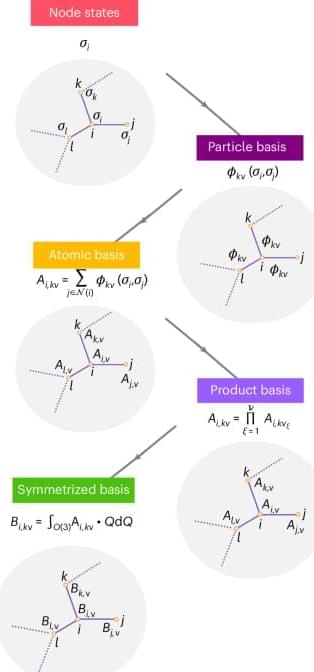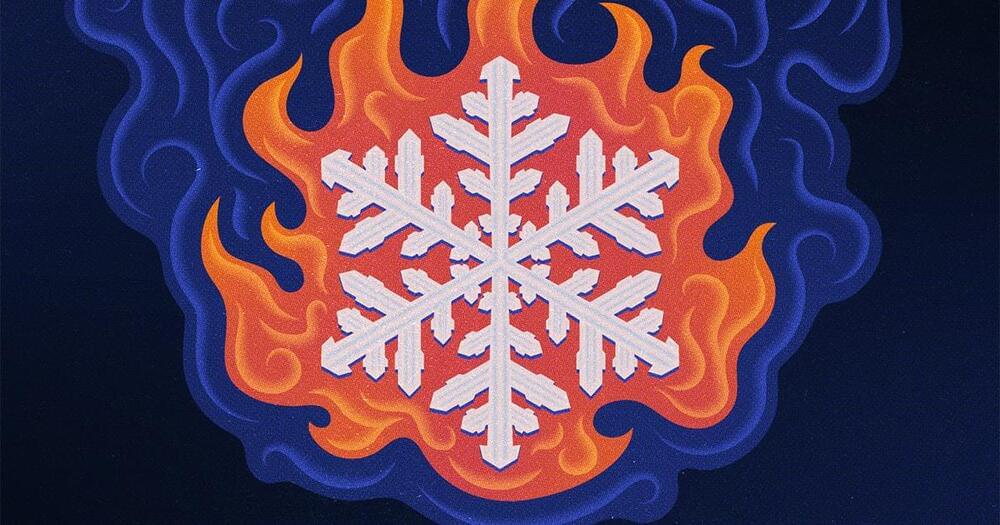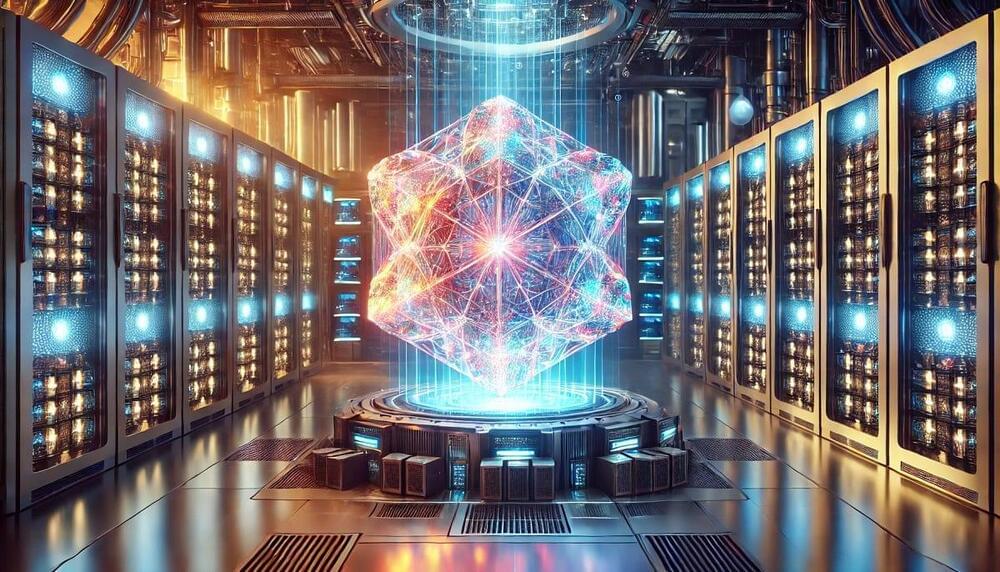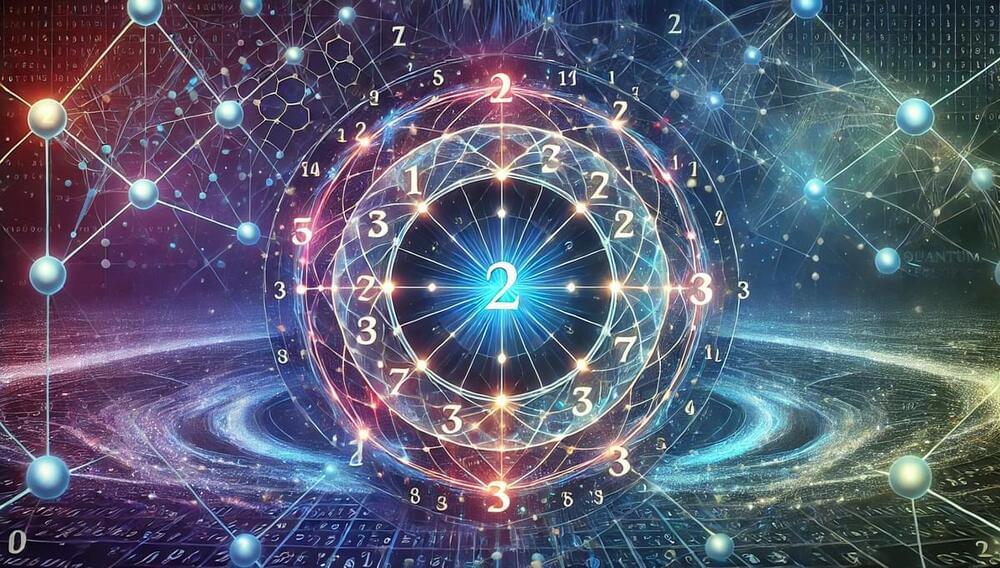Patreon: https://www.patreon.com/mattbatwings.
Discord: https://discord.gg/V5KFaF63mV
My socials: https://linktr.ee/mattbatwings.
My texture pack: https://modrinth.com/resourcepack/mattpack.
Original Playlist: https://www.youtube.com/playlist?list=PL5LiOvrbVo8nPTtdXAdSmDWzu85zzdgRT
LRR: (Recommended Prerequisite) https://www.youtube.com/playlist?list=PL5LiOvrbVo8keeEWRZVaHfprU4zQTCsV4
ALL WORLD DOWNLOADS can be found on my Planetminecraft: https://www.planetminecraft.com/member/mattbatwings/
Project Repo: https://github.com/mattbatwings/BatPU-2
Final Instruction Set (Spreadsheet): https://docs.google.com/spreadsheets/d/1Bj3wHV-JifR2vP4HRYoC…8Nm56W4aI/
Final World Download: https://www.planetminecraft.com/project/new-redstone-computer/
Thumbnail made by @Sloimay.
0:00 Intro.
0:17 Episode 1 — Introduction to Computing.
10:23 Episode 2 — The Arithmetic Logic Unit.
26:29 Episode 3 — The Register File.
39:37 Episode 4 — Machine Code & Assembly.
52:28 Episode 5 — Instruction Memory.
1:06:11 Episode 6 — The Program Counter.
1:16:43 Episode 7 — Jumping, Branching, & Flags.
1:34:27 Episode 8 — The Call Stack.
1:45:24 Episode 9 — Data Memory.
1:56:13 Episode 10 — Input & Output.
2:11:46 Episode 11 — Assembly Programming.
Music (in order):







